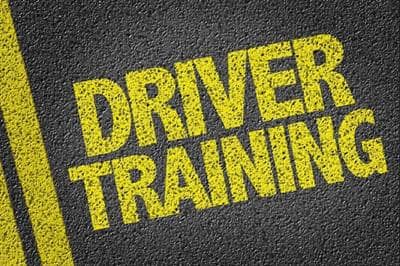
There is a reason we all love sports teams that win games and championships. No one wants to back a loser. We enjoy watching our favorite teams and sports stars win trophies, but what we don’t do enough of is pull back the curtains to see what goes on behind the scenes. And when we do, we find out the hours per day of training.
Of course, this is something we all know happens. It makes sense, right? But in business, we don’t do enough of it; if it does happen, it’s minimal. How does anyone increase performance without training? It completely blows my mind every time I think about it.
This topic always takes a back seat when it comes to driver safety. Other departments like finance, human resources, marketing, and sales get several kinds of training per year, which they absolutely should if the business is to perform well.
I fail to understand why the same effort isn’t put into driver safety. People must remain confident that their safety is guaranteed by moving from one place to another. Evidently, without safety, there wouldn’t be a business in the first place.
It begs the question: how often should driver safety training be conducted? If you plan to keep people safe and reduce incidents, driver safety training must be continuous. Not something you do once every 2, 3, or 4 years.
If your business involves moving goods or people around, driver safety training should be conducted annually. You should have weekly toolbox meetings on pertinent safety issues. The toolbox meetings shouldn’t take more than 15–30 minutes to discuss pressing safety issues.
For example, if you’ve been having issues with tires needing replacement before the expected time, you may need to discuss aggressive driving. Everyone in your company must participate, and it should be made mandatory for your drivers.
In addition to the weekly toolbox meetings, we recommend a minimum of two special training events to focus on more profound concepts. Ideally, this will be part of your fleet safety policy, ensuring that it is adhered to. They say repetition is the father of learning. So, if you want to develop a culture of safe drivers, it starts with prioritizing driver safety training.
Suppose we can all agree that excellent results result from hard work and perseverance. It makes sense to inculcate driver safety training if the goal is to reduce accidents and keep people safe.
Do you have a robust fleet management system? It’s okay if you don’t have one yet. Learn more about how we can help improve your fleet operations, save lives, and reduce costs. Please send us an email or call us.
You’re only one call away from greatness.






